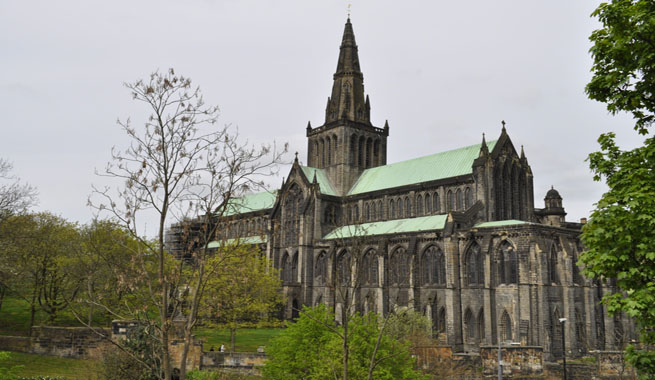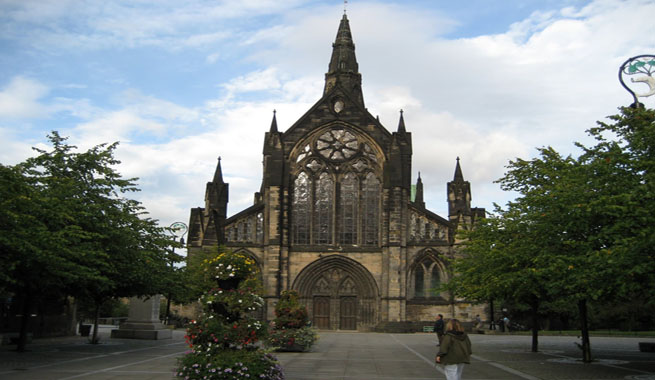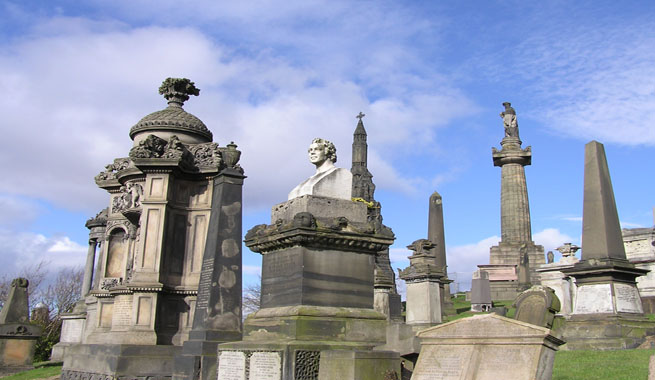
Glasgow is the largest city in Scotland and the largest commercial and service center in the region. It is located on the banks of the River Clyde and was once a dirty and ugly town. However, in recent times it has undergone a profound modernization process that has turned it into a different, very attractive city. Therefore, it is worth planning a visit to the Scottish city.
And it is that, in addition to all the places of interest that Glasgow offers (which are many and very special), there you will be able to know an unjustly little-known architectural gem: the cathedral , a temple dedicated to the Christian missionary Saint Mungo , which is said to be He was the founder of the city back in the 6th century.
Impressive, from the facade to the interior

When you enter Glasgow Cathedral, also known as Glasgow’s High Kirk or St. Mungo’s Temple , you immediately feel the strong personality of the building, if it can be said that way. It is a dark building, with an imposing façade, which began to be built in the 12th century (specifically in 1136), although it was destroyed several times by fire.
It is a sample of pre-reformist Gothic architecture . Glasgow Cathedral adopted Protestant worship during the Scottish religious reform of the 16th century, saving it from destruction. In fact, it is the only medieval cathedral in Scotland that remains intact.
A French-inspired cemetery

Later a Victorian necropolis was created next to the cathedral. It was in 1831 and to plan it, the schemes of the Parisian cemeteries of the time were followed. In it there are more than 50,000 tombs and no less than 3,500 statues. They say that the first one built in 1832 was for a jeweler of Jewish origin named Joseph Levi.
